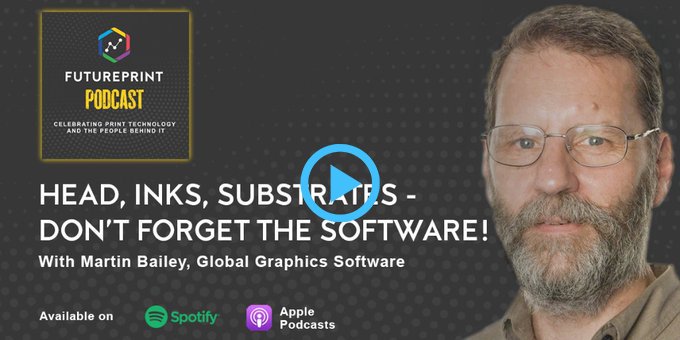Martin Bailey, distinguished technologist at Global Graphics Software, chats to Marcus Timson of FuturePrint in this episode of the FuturePrint podcast. They discuss Martin’s role in making standards work better for print so businesses can compete on the attributes that matter, and software’s role in solving complex problems and reducing manual touchpoints in workflows.
They also discuss the evolution of software in line with hardware developments over the last few years, managing the increasing amounts of data needed to meet the demands of today’s print quality, the role of Global Graphics Software in key market segments and more.
Listen in here:

To be the first to receive our blog posts, news updates and product news why not subscribe to our monthly newsletter? Subscribe here
